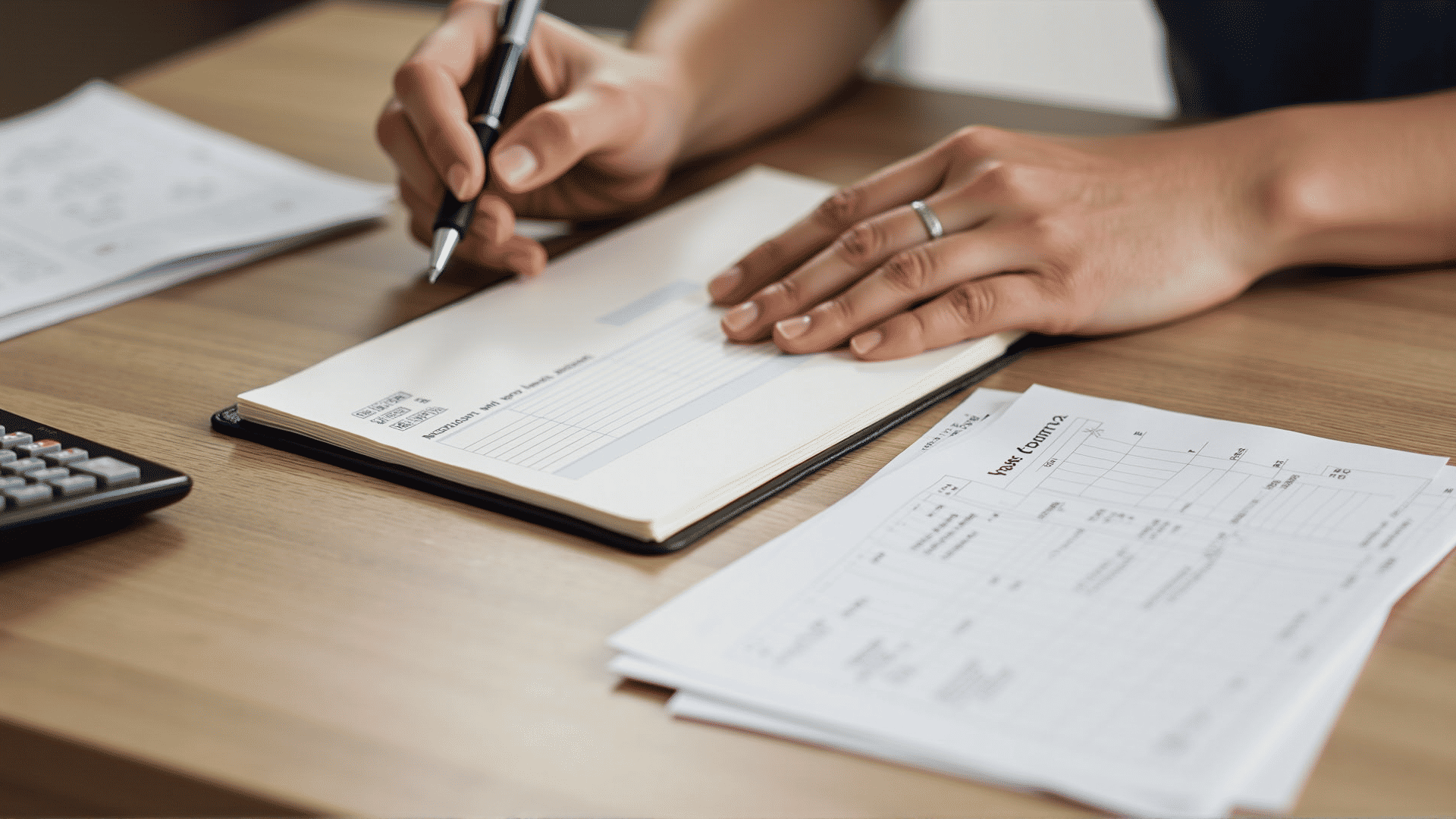A checking account is an essential financial tool, designed to offer flexibility for managing your day-to-day expenses. Understanding its features and leveraging them efficiently can improve your overall financial health and streamline your banking activities.
Key Features of Checking Accounts
-
Convenience and Access: Checking accounts are tailored to facilitate regular financial transactions, allowing you to pay bills, make purchases, and manage expenses with ease. With features like debit cards and check-writing abilities, accessing your funds is simple and straightforward.
-
Direct Deposits and Withdrawals: One of the main advantages is the ability to directly deposit earnings, such as your salary, and have quick access to these funds. Withdrawals can be conducted at ATMs or through debit transactions, providing flexibility in managing cash flow.
-
Automated Payments: Many accounts allow you to set up automatic payments for recurring bills, such as utilities and subscriptions. This feature ensures that payments are always made on time, helping you avoid late fees and maintain a good payment history.
-
Overdraft Protection: Typically, checking accounts offer some form of overdraft facility that covers transactions exceeding your balance. It is crucial to understand the terms associated with this service to avoid potential fees.
-
Security Features: Banks prioritize the security of your funds, offering features like fraud monitoring and alerts for suspicious activity. Protecting your account from unauthorized access gives peace of mind.
Benefits of Using a Checking Account
-
Efficient Money Management: With detailed account statements and transaction records, you can easily track your spending patterns. This helps in budgeting and identifying areas where you can save.
-
Immediate Fund Access: Unlike other account types that might have restrictions or penalties for withdrawals, checking accounts allow for immediate access to your money, making it ideal for managing everyday expenses.
-
Simplified Payments: Direct payment options mean you can easily pay for goods and services without the need for cash. This is particularly useful for online shopping and automatic bill payments.
-
Financial Discipline: Having a dedicated account for regular transactions helps segregate everyday spending from savings, promoting better financial discipline and aiding in maintaining a healthy budget.
Efficient Use of Checking Accounts
-
Monitor Your Spending: Regularly review your account transactions to ensure they're accurate and identify any unauthorized activity. This practice helps you stay within budgetary limits and avoid unintentional overdrafts.
-
Leverage Alerts: Set up text or email notifications for low balances, large transactions, or any other activity that might require immediate attention. This can help you avoid fees and detect suspicious transactions promptly.
-
Maintain a Buffer: To avoid overdraft fees, keep a buffer amount in your account. This ensures that unexpected expenses don't lead to an account overdraft, giving you a safety net for emergencies.
-
Review Terms and Fees: Stay informed about your bank's policies regarding fees and transaction limits. Some banks offer accounts with no monthly maintenance charges if you meet certain criteria, such as maintaining a minimum balance.
By fully understanding and utilizing the features of your checking account, you can manage your daily finances more effectively and ensure that your money is working harder for you. The convenience, security, and control provided by checking accounts make them an indispensable part of personal finance management.
